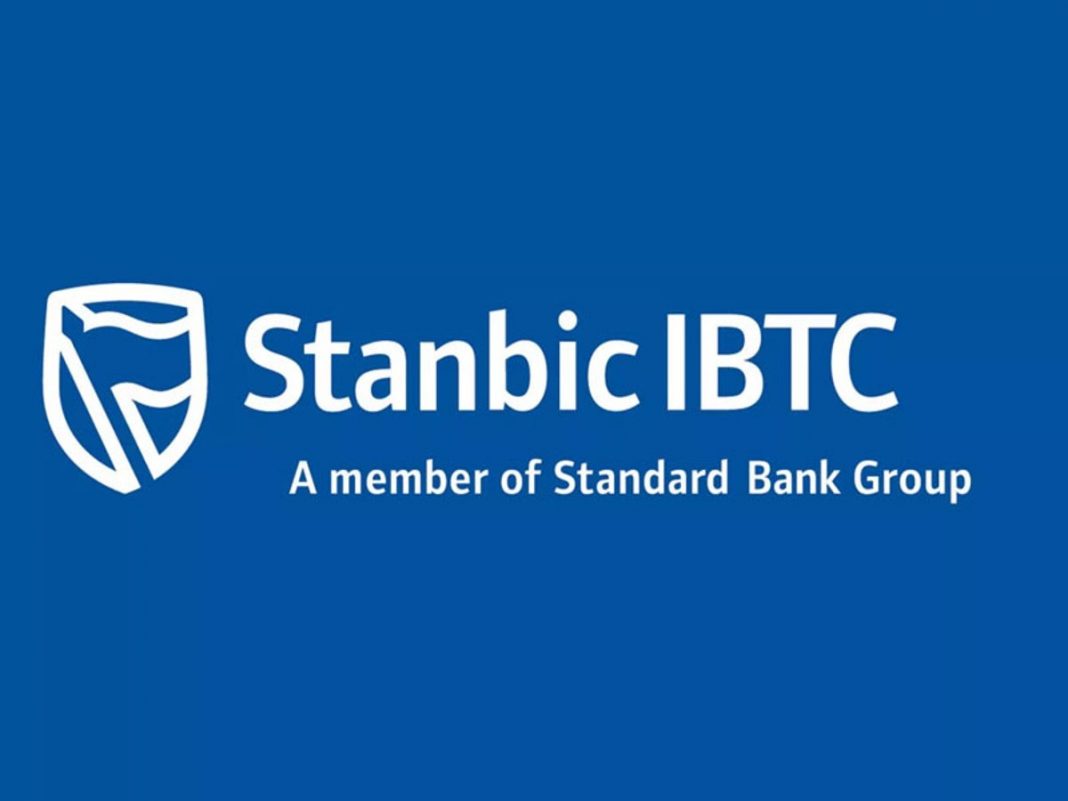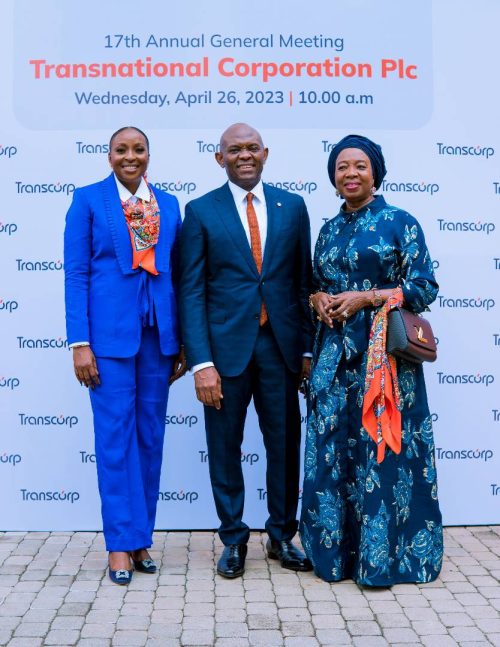There were signs of recovery in the Nigerian private sector in April as the cash crisis eased. Firms reported renewed expansions in new business and output amid improved access to funds.
Companies remained cautious with regard to hiring, however, and employment fell slightly. There were mixed trends in terms of prices at the start of the second quarter. Input costs increased at a sharper rate, but further efforts to attract customers led firms to increase their selling prices at the softest pace for three years.
The headline figure derived from the survey is the Stanbic IBTC Purchasing Managers’ Index (PMI). Readings above 50.0 signal an improvement in business conditions in the previous month, while readings below 50.0 show a deterioration.
The headline Stanbic IBTC PMI moved back above the 50.0 no-change mark for the first time in three months during April. At 53.8, the index was up from 42.3 in March and pointed to a solid overall improvement in business conditions in the private sector.
According to respondents to the latest survey, the recovery in operating conditions reflected an easing of the cash crisis which has severely affected the economy in recent months. Panelists reported a more normal business environment as customer numbers improved in line with greater access to cash.
As a result, both output and new business expanded sharply in April, ending two-month sequences of decline in each case. Rebounds in activity were seen across each of the agriculture, manufacturing, services, and wholesale & retail sectors.
Business sentiment remained subdued in April, despite a slight pick-up from March. In fact, optimism was among the lowest seen since the survey began in January 2014. The relatively subdued outlook meant that companies remained cautious with regards to hiring, and reduced employment marginally for the third month in a row.
Meanwhile, backlogs of work fell slightly. Companies did increase their purchasing activity, however, in response to higher new orders, with inventories also expanding.
Efforts to secure inputs were helped by an improvement in suppliers’ delivery times. Rates of increase in both purchase prices and staff costs quickened over the month. Firms linked purchase price rises to higher raw material costs and currency weakness.
Meanwhile, higher wages often reflected efforts to help staff with increased living costs. In contrast to the picture for input costs, the rate of output price inflation moderated, easing for the fourth month running to a three-year low. Some firms reported having offered discounts to try and stimulate demand.










